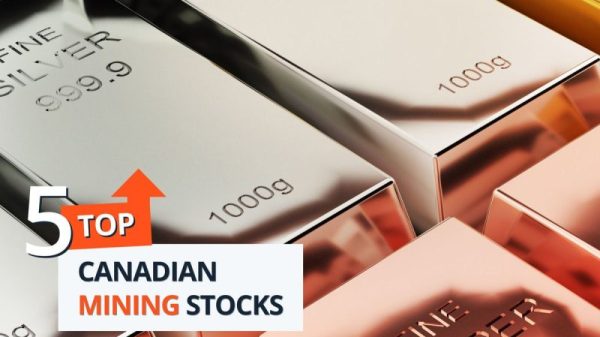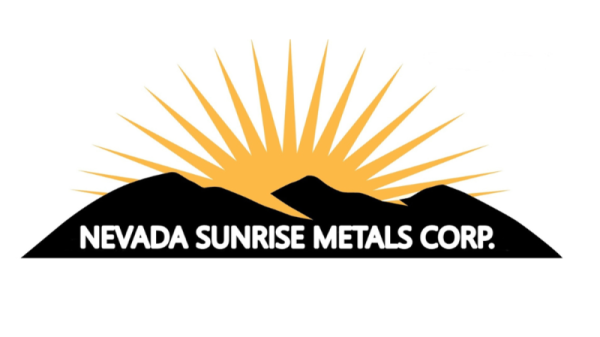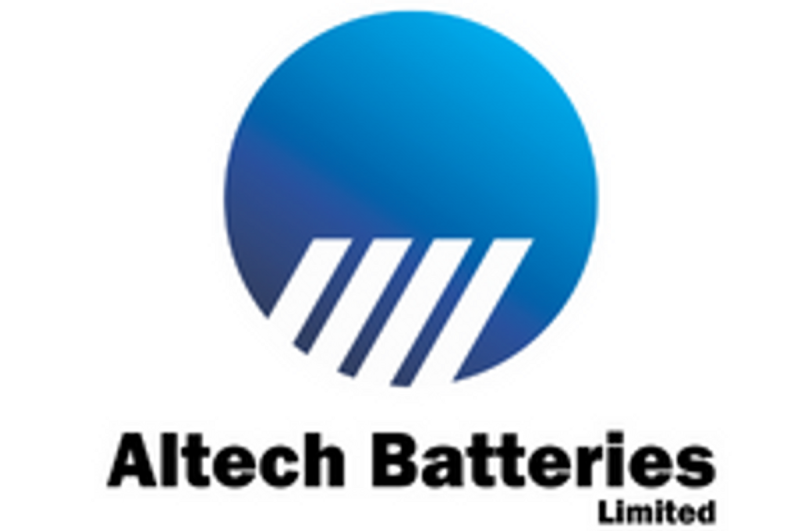Altech Batteries Limited (Altech/the Company) (ASX: ATC and FRA: A3Y) is pleased to announce the exceptional results from a Definitive Feasibility Study (DFS) conducted for an 8,000tpa (120 GWh) alumina- coated metallurgical silicon plant planned for Saxony, Germany. This facility, spearheaded by Altech Industries Germany GmbH (AIG) with ownership split of 75% Altech and 25% Frankfurt stock exchange listed Altech Advanced Materials AG (AAM), is set to produce cutting-edge and patented alumina-coated silicon battery anode materials known as ‘Silumina AnodesTM.’ This product, manufactured exclusively under license from Altech, is strategically aimed at meeting the escalating demand in the European and US electric vehicle and grid storage battery market.
Highlights
Highly positive Definitive Feasibility Study (DFS) – 8,000tpa Silumina AnodesTM project8,000 tpa alumina-coated metallurgical silicon onlyCustomers to blend coated silicon (10%) with their uncoated graphite sourceMeans expansion from 15 gigawatt-hours (GWh) to 120 gigawatt-hours (GWh)Increase of battery energy density by at least 30%Capital cost estimated at €112 million with outstanding economicsPre-tax Net Present Value (NPV10) of €684 millionAttractive Internal Rate of Return (IRR) of 34%Payback period is 2.4 yearsForecast 18% CAGR growth of silicon in battery anodes till 2035Green accredited project using renewable energyPilot plant construction in final stages for product qualificationNDAs executed with two German automakers, two US automakers, one US battery materials supply company and one European battery maker
Project Economics
With a capital investment of €112 million, Altech’s DFS projects a net present value of €684 million (NPV10), with net cash of €105 million per annum generated from operations. The internal rate of return is estimated at 34%, with investment capital paid back in 2.4 years. Total annual revenue at the 8,000tpa full rate of production is estimated €328 million per annum.
All Alumina-Coated Silicon Project
A Preliminary Feasibility Study (PFS) was completed in April 2022 based on production of 10,000 tons per annum (tpa) of Silumina AnodesTM product, comprising 1,000 tpa of high-purity alumina-coated metallurgical silicon incorporated into 9,000 tpa of similarly coated graphite (10% silicon mix). Since then, during the preparation of the Silumina AnodesTM project DFS, Altech has expanded the project’s output by eightfold, increasing the capacity from 15 gigawatt-hours (GWh) to 120 GWh, all with the same plant and equipment. According to feedback from potential customers, utilising their existing qualified graphite source is a priority. Furthermore, although there is a marginal advantage in using alumina-coated graphite, the primary appeal for potential customers lies in integrating Altech-coated silicon into their battery products. Despite initial considerations regarding the benefits of coating graphite with alumina, such as the reduction of first-cycle loss, Altech’s research has demonstrated that the cost-to-reward ratio for graphite is relatively minimal. Consequently, Altech’s Silumina AnodesTM plant is now solely focused on producing 8,000 tpa of alumina-coated metallurgical silicon product. This product will be integrated into the graphite by the customers within their battery plants, rather than at Altech’s facility.
See the Silumina AnodeTM Plant Design at https://youtu.be/F15UzyoYC8I
Silicon in Anodes is the Future
Tesla, a global leader in the electric vehicle and lithium-ion battery industry, has declared that the required step change to increase lithium-ion battery energy density and reduce costs is to introduce silicon in battery anodes, as silicon has ~ ten times the energy retention capacity compared to graphite. Metallurgical silicon has been identified as the most promising anode material for the next generation of lithium-ion batteries. However, until now, silicon was unable to be used in commercial lithium-ion batteries due to two critical drawbacks. Firstly, silicon particles expand by up to 300% in volume during battery charge, causing particle swelling, fracturing and ultimately battery failure. The second challenge is that silicon deactivates a high percentage of the lithium ions in a battery (first cycle loss). Lithium ions are rendered inactive by the silicon, immediately reducing battery performance and life. The battery industry has been in a race to crack the silicon barrier. One of the main barriers limiting future Li-ion battery improvements in the areas of vehicle range, battery weight, charging speed, and cost, is the inherent energy capacity and performance of graphite as the anode material. Graphite anode material has a theoretical capacity of 372 mAh/g, and a volumetric capacity of approximately 700 mAh/cc, and takes up more space than any other component in the battery cell. As a result, many believe the next breakthrough in Li-ion battery technology will relate to anode performance, specifically, the replacement of graphite with ultra-high-capacity silicon metal.
Click here for the full ASX Release





























